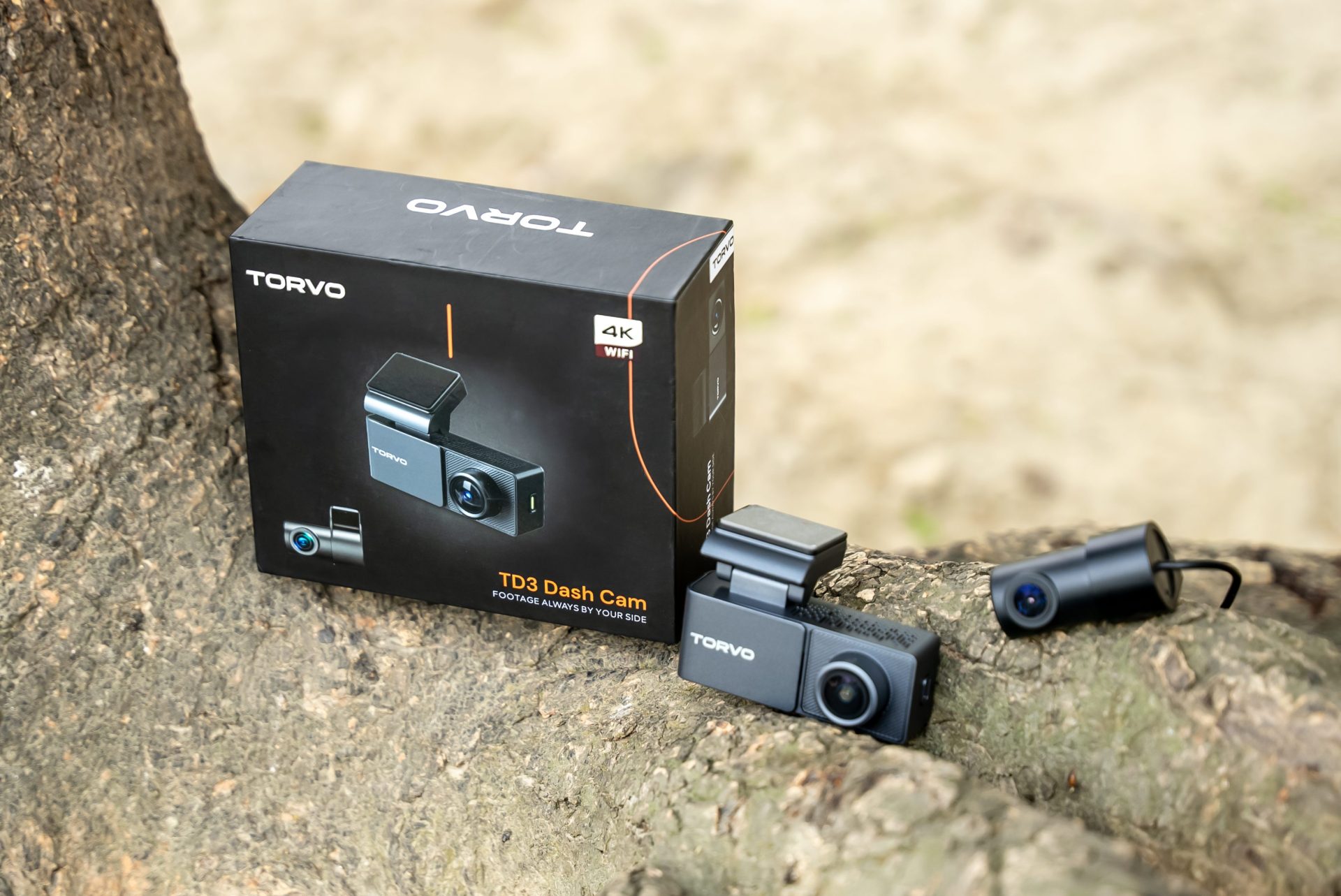Fast fashion has long been dominated by names like Zara, H&M, and more recently, Shein. But there’s a new player on the scene, and it’s making waves—Cider. Founded in 2020, this brand has quickly risen to unicorn status, earning a valuation of over a billion dollars in just a few short years. With a social-first approach and an undeniable appeal to Gen Z, Cider could be the next big name in fast fashion. But does it have what it takes to rival the established giants like Shein? Let’s take a closer look.
Breaking New Ground in Fast Fashion
Fast fashion, as defined by Investopedia, refers to stylish clothing sold at affordable prices, with trends moving from the runway to retail stores at lightning speed. Brands like Zara and H&M have long been known for mastering this model. However, newer names like Shein, Fashion Nova, and Forever 21 have shaken up the industry.
Enter Cider, a Hong Kong-based fashion brand founded in 2020. With its playful designs and trendy, affordable apparel, Cider has caught the eye of Gen Z. This new contender offers everything from dresses and tops to denim, swimwear, and even knitwear. Just like the drink it’s named after, Cider’s vibe is bubbly and sweet, with styles perfect for any occasion—from cozy nights to fun outings with friends.
But what sets Cider apart is its commitment to sustainability. Their pre-order system ensures they only produce what customers actually want, reducing waste and excess inventory. It’s a bold move for a fast-fashion brand and one that might give them an edge in an increasingly eco-conscious world.
A Quick Rise to Fame
So how does a fashion brand reach unicorn status in just a few years? For Cider, it all started with a small but mighty team of 10 in 2020. Within a year, the brand had partnered with DHL and amassed over 1 million Instagram followers. By 2022, Cider’s global team had grown to over 500 members from 14 different countries, and they even made a splash at Coachella.
Cider’s rapid rise can be attributed to a few key factors. First, their heavy use of social media platforms like TikTok and Instagram has allowed them to reach their target audience quickly and effectively. Through influencer collaborations and viral trends, Cider has built a community of fashion lovers—particularly Gen Z—who are eager to flaunt their #Cidergang looks.
Additionally, Cider’s founder, Michael Wang, has played a significant role in the brand’s success. With a background in venture capital and private equity, Wang was able to secure $140 million in investments, fueling Cider’s rapid expansion.

Stylish and Affordable Cider Formula
One of the biggest misconceptions about fast fashion is that affordable prices mean poor quality. Cider, however, is out to prove that stylish, well-made clothing doesn’t have to break the bank. With a wide variety of styles—from boho chic to grunge to minimalist looks—Cider offers something for everyone. Their attention to detail and commitment to quality have made them a hit among trendsetters.
Cider’s unique business model also sets them apart from competitors. Like Shein, Cider uses a “real-time retail” approach, allowing them to quickly produce new styles based on consumer demand and feedback. Their data-driven model means they can create new designs in just 5 to 7 days, ensuring they stay ahead of the latest fashion trends.
Sustainability in Fast Fashion?
In an industry notorious for its environmental impact, Cider is trying to do things differently. Their innovative pre-order system allows them to only produce what customers actually want, which helps reduce waste. They also use recycled fabrics, showcasing their commitment to sustainability—something that resonates strongly with their Gen Z audience.
That said, Cider isn’t without its challenges. While they’ve made strides in using biodegradable packaging and cutting down on excess inventory, there are still concerns about their overall environmental impact. Customers have also reported shipping delays and inconsistent sizes, which could affect their long-term reputation.
The Future of Cider
As Cider continues to grow and expand into new categories like menswear and homeware, the real question is: can they maintain their momentum? Competing with fast-fashion giants like Shein and Zara is no easy feat, but Cider has shown they have the innovation and creativity to carve out their own niche in the market.
To ensure long-term success, Cider will need to continue addressing its challenges—particularly when it comes to product quality and customer service. Additionally, accusations of copying independent designers could harm their reputation if not addressed.
However, if Cider can continue to prioritize sustainability, maintain transparent business practices, and improve its customer experience, it could very well become the next big thing in fast fashion.
What’s Next for Cider?
Cider has certainly made a name for itself in a short period of time, but the road ahead is full of both opportunities and obstacles. With its unique business model and deep connection to Gen Z values, Cider has the potential to become a major player in the fast fashion industry. But like all successful brands, Cider must continue to evolve, learn from its mistakes, and maintain a strong relationship with its customers.
So, what do you think—will Cider be the next big name in fashion or just another trend that fades away? Only time will tell. Until next time, fashionistas! Stay tuned for our next deep dive into the world of style.







